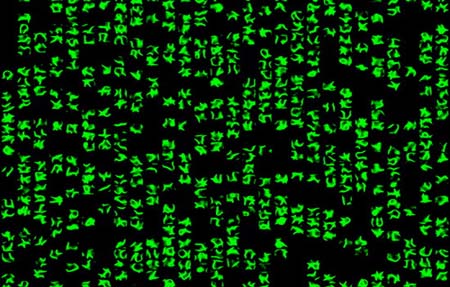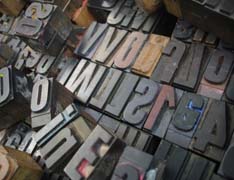You have a responsibility as a website designer to create a place where usability is the highest priority. While this is simple enough for a single demographic, what happens when you are hoping to reach a global audience? Suddenly, the task becomes much more difficult to achieve, because you are dealing with a long list of factors that can affect the final result of your web pages.
Using exciting and interesting fonts is a delight for any graphic designer. But there is a fine line between a fun typographic character and an unreadable, garbled mess. When you factor in layout in addition to this fact, you have a situation that can become unstable fast – meaning, you may end up having to go back and change a design to make it user friendly and easy to read.
Calendars have become obsolete in many ways. The introduction of computers, mobile phones and other devices gives us immediate access to both calendars and reminder systems far beyond the old method of hanging up paper and marking the days. Now it is easier than ever to keep track of time passed and events as well as organize your time.
You can create a pretty amazing effect using nothing but text . While images can establish an immediate context to a poster or design, you can generate a tone in a more creative way by using lettering correctly. The best example of this is perhaps 3-D typography, which has become a popular option in modern-day design. Thanks to programs like Photoshop, Illustrator and After Effects, it is now easier than ever to make your own, as well.
Each type of 3-D text will be a little bit different, with a specific focus to the design putting it within a sub-category of typography. For example, you might make one meant to be retro in style or perhaps one that is seasonal using a physical representation of a holiday or event. This singles out the typography more than as just a three-dimensional construct.
If you want to learn how to do some of your own, check out these 10 excellent 3-D typography tutorials that can give you plenty to work from in the future.
The Internet has created an appreciation of GIF images that has spread from the early days of clip art to more intricate styles today. One duo of photographers decided to take this a little further. Jamie Beck and Kevin Burg created a set of fantastic cinemagraphs during Fashion Week this year in order to show the moving beauty of New York during the event.
Establishing a visual representation of a company name is a great idea for a logo design. It is simple, to the point and creative while immediately branding an image of the business or product into the mind of the consumer. That’s not to mention the functionality for promotional purposes, like posters, T-shirts, websites, coffee mugs, etc.
But you have to find that fine line between making a good render and one that forces the point with too little finesse. That is why being clever is the name of the game, and less is almost always more.
Typography has plenty of fans. But that number is ever increasing, thanks to the Internet and the whole new world it has opened up for designers and artists. One of those newer versions of this old practice is kinetic typography, which takes advantage of computer graphics and allows people to make their own movies using nothing but fonts or effects.
Kinetic typography takes a lot of practice, but it is fun and very educational. That is why so many graphic design courses make it a mandatory project for their students, in order to introduce them to both typography through movement and creative processes that turn lettering into special effects or representative objects.
If you have only just joined Flickr you have probably not seen nearly all it has to offer. While largely a photo sharing site, it also allows for endless opportunities for photographers to market themselves, or people to join groups to find other who are just as interested in what they are. But the most popular of all categories on this site has got to be self portraits.
There are so many self portrait artists here that a search will literally flood you with results. Unfortunately, a lot of those results are far from stellar examples of the genre. Especially since many people seem to mistake it for just taking a random shot of their inexpressive face. Where is the value of that, beyond providing a lackluster photo for your social networking profile?
I have a couple of fairly strange hobbies that most might not understand. I collect old bottles from second hand shops and estate sales, for example. But one of my more obscure is finding instances where retro-style typography has been used in videos, art and other formats. This is not random; I do it because I think that old styles of lettering are interesting, unique, well made and perfect for modern designs that need a little flare.
The newer typographies tend to be very sleek, minimalist and created to establish a futuristic or just high-tech look. There is a coldness to it, like metal. While that can be cool, I just prefer the warmth and approachability that comes from the design models of the 1960s and 70’s, or even before then.







